Home>Interior Design>5 Curtain Colors To Avoid In A Living Room According To Designers
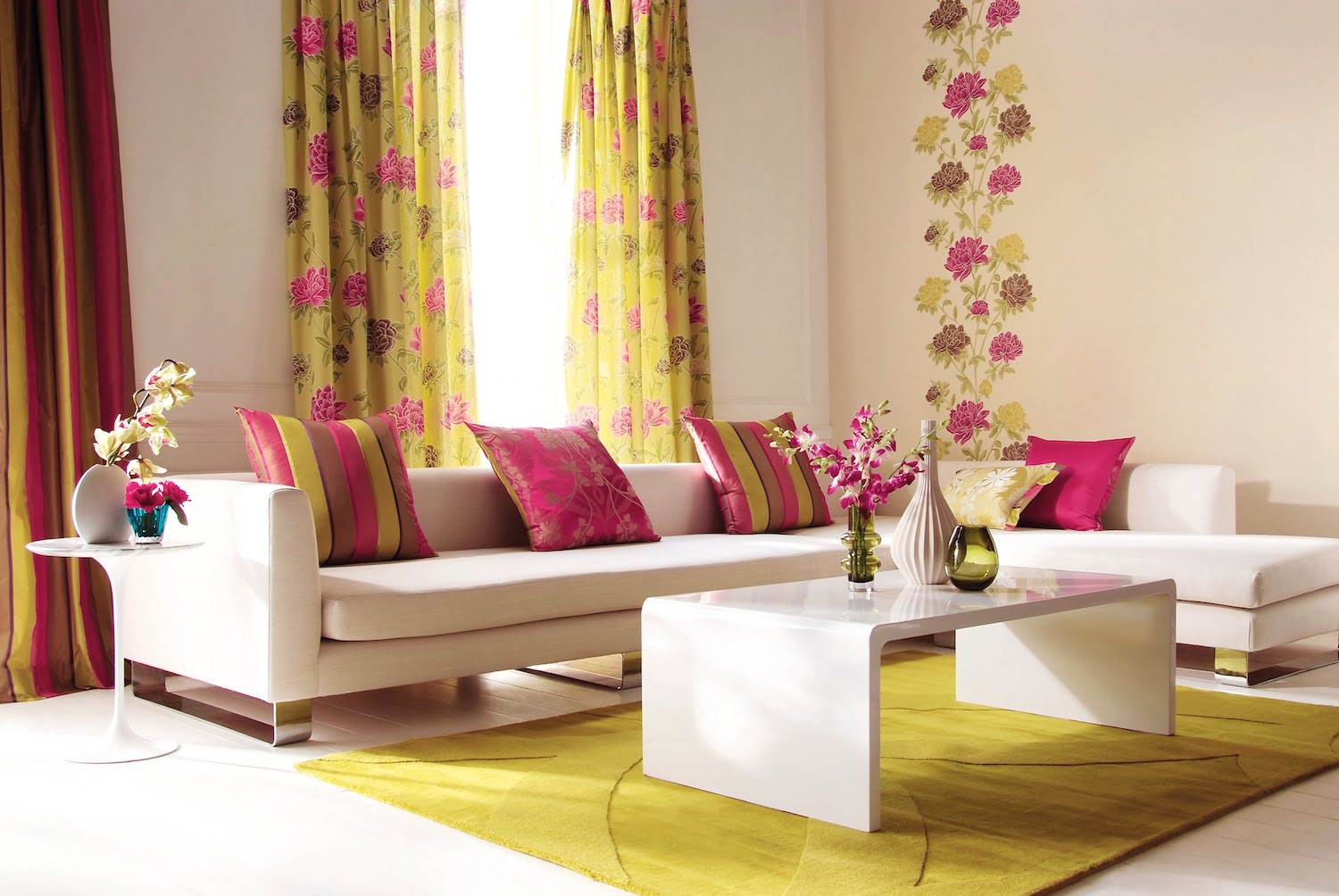

Interior Design
5 Curtain Colors To Avoid In A Living Room According To Designers
Modified: February 28, 2024
Discover which curtain colors are not recommended for a living room, as advised by interior designers. Avoid these 5 shades to enhance your interior design.
(Many of the links in this article redirect to a specific reviewed product. Your purchase of these products through affiliate links helps to generate commission for Storables.com, at no extra cost. Learn more)
Introduction
When it comes to designing a living room, curtains play a vital role in creating the desired ambiance and style. They not only provide privacy and control over natural light, but they also have the ability to add color and texture to the space. Choosing the right curtain color is crucial as it can greatly impact the overall look and feel of the room.
While there is a wide range of colors to choose from, not all colors work well in a living room setting. Interior designers often advise against certain colors that may disrupt the harmony of the space or create an unpleasant atmosphere. In this article, we will explore five curtain colors that designers recommend avoiding in a living room. Let’s dive in!
Key Takeaways:
- Bold and vibrant curtain colors like orange, neon yellow, and red can overwhelm a living room, creating a visually unpleasant and confined atmosphere. Consider using them as accent colors to avoid overpowering the space.
- Lime green and black curtains, if not carefully chosen, can clash with the room’s existing elements or create a heavy and potentially depressing atmosphere. Balance is key when incorporating these colors into your living room design.
Read more: The Pillow Colors To Avoid In A Living Room
Orange Curtains: A Bold Choice That May Overwhelm the Space
Orange is a vibrant and energetic color that can add warmth and excitement to a room. However, when it comes to curtains in a living room, orange can be a challenging color to incorporate effectively.
The main concern with orange curtains is that they can overpower the space and make it feel visually overwhelming. This is especially true if the living room is not adequately sized or if other elements in the room already have bold colors or patterns.
Orange curtains can create a focal point that may distract from other decorative elements in the room. They can also make the space feel smaller and more confined, particularly in rooms with limited natural light.
If you still want to incorporate a touch of orange in your living room, consider using it sparingly as an accent color rather than as the main feature. This can be done through accessories such as throw pillows, artwork, or a rug. By doing so, you can still enjoy the vibrancy of orange without overwhelming the entire space.
Neon or Bright Yellow Curtains: The Risk of Creating a Harsh and Unpleasant Atmosphere
Yellow is often associated with positivity, energy, and warmth. However, when it comes to neon or bright yellow curtains, caution is advised in a living room setting. These bold shades of yellow can create a harsh and unpleasant atmosphere if not used carefully.
The intensity of neon or bright yellow curtains can be overwhelming and can dominate the entire room. They can create a sense of visual discomfort and make the space feel too bright or garish, especially when paired with other bold colors or patterns.
Another concern with neon or bright yellow curtains is that they can affect the way colors are perceived in the room. Yellow has the ability to reflect onto other surfaces, potentially altering the appearance of other elements in the space.
It is important to consider the overall color scheme and style of your living room before opting for neon or bright yellow curtains. If you still want to incorporate yellow, consider choosing a softer shade or using it as an accent color instead. This will help create a more balanced and pleasing atmosphere in the room.
Red Curtains: Beware of the Intense and Dominating Impact
Red is a bold and powerful color that symbolizes passion, energy, and warmth. While red curtains can add drama and sophistication to a living room, it is important to exercise caution due to their intense and dominating impact on the space.
One of the main considerations when choosing red curtains is the size and brightness of the room. In smaller living rooms, red curtains can make the space feel cramped and claustrophobic. The vibrancy of red can visually shorten the room and create a sense of confinement.
Moreover, red curtains can easily become the focal point of the room, drawing attention away from other design elements. This can disrupt the overall balance and harmony of the space, especially if there are other decorative elements or furniture that compete for attention.
If you are still drawn to the idea of incorporating red curtains in your living room, consider using them in larger spaces where they can create a sense of grandeur and elegance. Additionally, balance the intensity of red by incorporating neutral or complementary colors in the decor to create a harmonious visual composition.
It is also worth noting that red is a stimulating color that can evoke strong emotions. In a living room where relaxation and tranquility are desired, such as a space intended for unwinding after a long day, red curtains may not be the most conducive choice.
Ultimately, when considering red curtains for your living room, balance, proportion, and the desired atmosphere of the space should all be carefully taken into account.
When choosing curtain colors for a living room, avoid bright neon colors, overly busy patterns, dark and heavy colors, clashing with the wall color, and overly trendy colors that may quickly go out of style.
Lime Green Curtains: A Color That Might Clash with Other Elements in the Room
Lime green is a vibrant and refreshing color that can add a pop of energy and playfulness to any space. However, when it comes to choosing lime green curtains for a living room, it’s important to be cautious as this color can sometimes clash with other elements in the room.
The vibrant nature of lime green can make it difficult to harmonize with other colors and patterns in the living room. If you have existing furniture or wall colors that don’t complement the lime green shade, it can create a visual discord that detracts from the overall aesthetic appeal of the space.
It’s essential to consider the overall color palette and style of your living room before opting for lime green curtains. If you have a more neutral or subtle color scheme, lime green may be too bold and overpowering, throwing off the balance of the room.
However, if you still want to incorporate lime green in your living room, consider using it in smaller doses or as an accent color. Use lime green curtains as a statement piece and pair them with complementary colors such as gray, white, or beige to create a visually pleasing and well-balanced look.
Alternatively, you can also incorporate lime green through accessories and decor items such as pillows, rugs, or artwork. This way, you can still infuse the vibrant energy of lime green into your living room without overwhelming the space or creating a clash with existing elements.
Remember, the key is to find a balance that allows the lime green curtains to enhance the overall aesthetic while creating a harmonious and visually appealing living room environment.
Black Curtains: The Potential to Create a Heavy and Depressing Atmosphere
Black is a bold and dramatic color often associated with sophistication and elegance. While black curtains can add a touch of glamour to a living room, it’s important to approach their use with caution due to the potential to create a heavy and depressing atmosphere.
One of the main concerns with black curtains is their ability to absorb light rather than reflect it. In rooms with limited natural light, black curtains can make the space feel dark and enclosed, which may not be desired in a living room setting where we typically want an inviting and open atmosphere.
Furthermore, black curtains have the potential to create a sense of heaviness in the room. This can make the space feel visually overwhelming and may not be ideal for smaller living rooms or those with lower ceilings.
When considering black curtains, it’s important to balance the darkness with lighter elements in the room. This can be achieved by incorporating light-colored or neutral furniture, rugs, and accessories to create contrast and prevent the space from feeling too dark and gloomy.
It’s also crucial to consider the overall style and theme of the living room. Black curtains may be more suited to modern or contemporary designs that embrace the boldness and drama of this color. In more traditional or casual living rooms, black curtains may create a stark contrast that disrupts the overall aesthetic.
If you still want to incorporate black curtains in your living room, consider using them as an accent rather than covering all the windows. This can add a touch of sophistication and drama without overpowering the space.
Ultimately, the key is to approach black curtains with careful consideration to prevent them from creating a heavy and depressing atmosphere in your living room. Striking a balance with lighter elements and mindful design choices will help create a visually appealing and welcoming space.
Conclusion
When it comes to choosing curtains for your living room, color selection plays a significant role in creating a harmonious and visually appealing space. While personal preference ultimately guides your decision, it’s important to consider the effect that certain colors can have on the overall atmosphere of the room.
Orange curtains, with their boldness, have the potential to overwhelm the space. Neon or bright yellow curtains can create a harsh and unpleasant environment. Red curtains may dominate the room and can create a visually confined space. Lime green curtains might clash with other elements in the room, while black curtains have the potential to create a heavy and potentially depressing atmosphere.
However, it’s crucial to remember that each living room is unique, and design preferences vary. The key is to strike a balance and ensure that the curtain color complements the overall style and desired atmosphere of the space. Utilizing color theory and seeking the guidance of an interior designer can help in making the right choice.
If you are drawn to these colors but wish to exercise caution, consider using them as accent colors rather than the main feature of your curtains. Incorporate them through accessories, artwork, or smaller decor pieces to inject a pop of color without overwhelming the room.
Ultimately, the goal is to create a living room that is both aesthetically pleasing and comfortable to be in. By carefully considering the impact of curtain colors, you can achieve a space that reflects your personal style while maintaining a balanced and visually appealing environment for all to enjoy.
Frequently Asked Questions about 5 Curtain Colors To Avoid In A Living Room According To Designers
Was this page helpful?
At Storables.com, we guarantee accurate and reliable information. Our content, validated by Expert Board Contributors, is crafted following stringent Editorial Policies. We're committed to providing you with well-researched, expert-backed insights for all your informational needs.
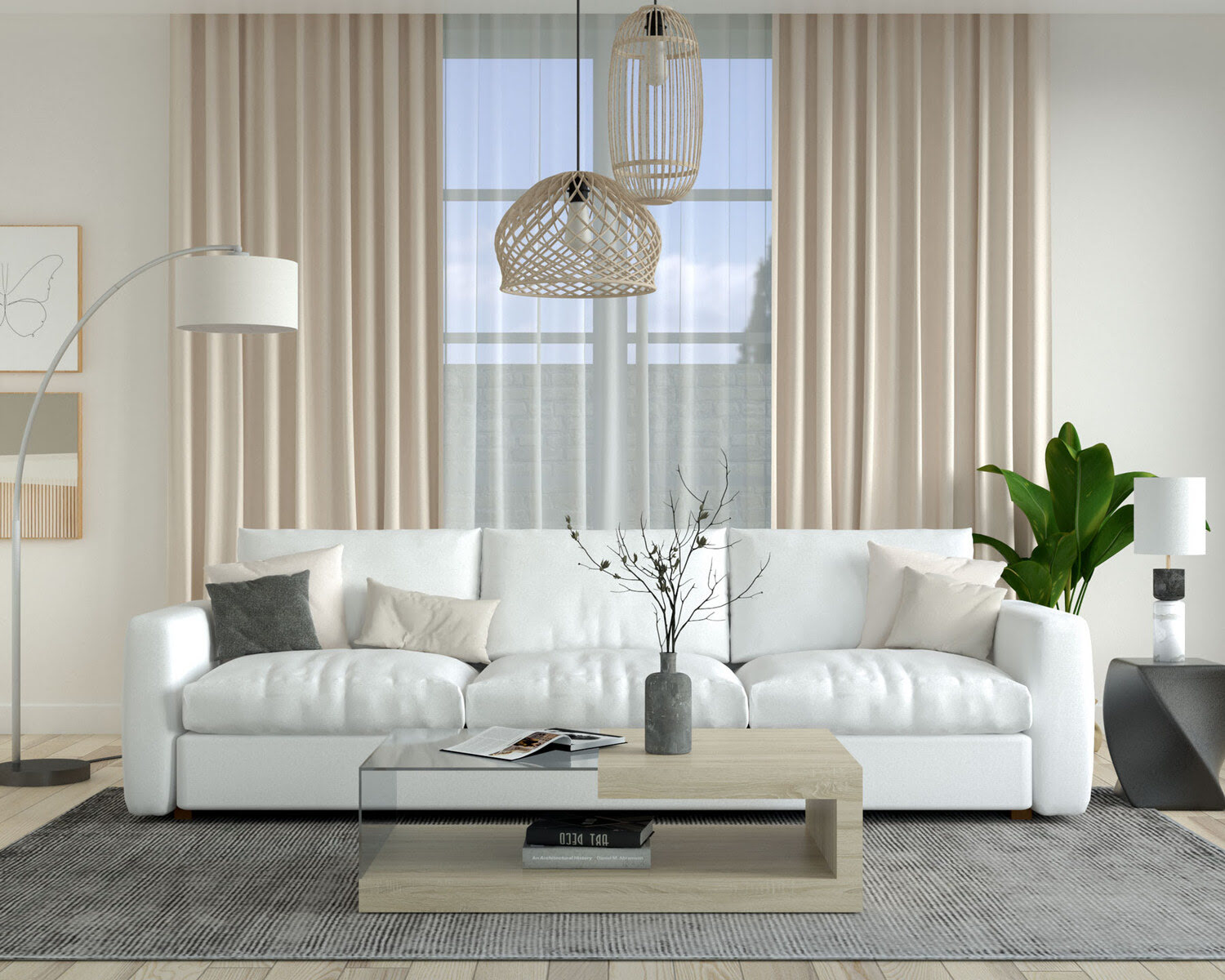
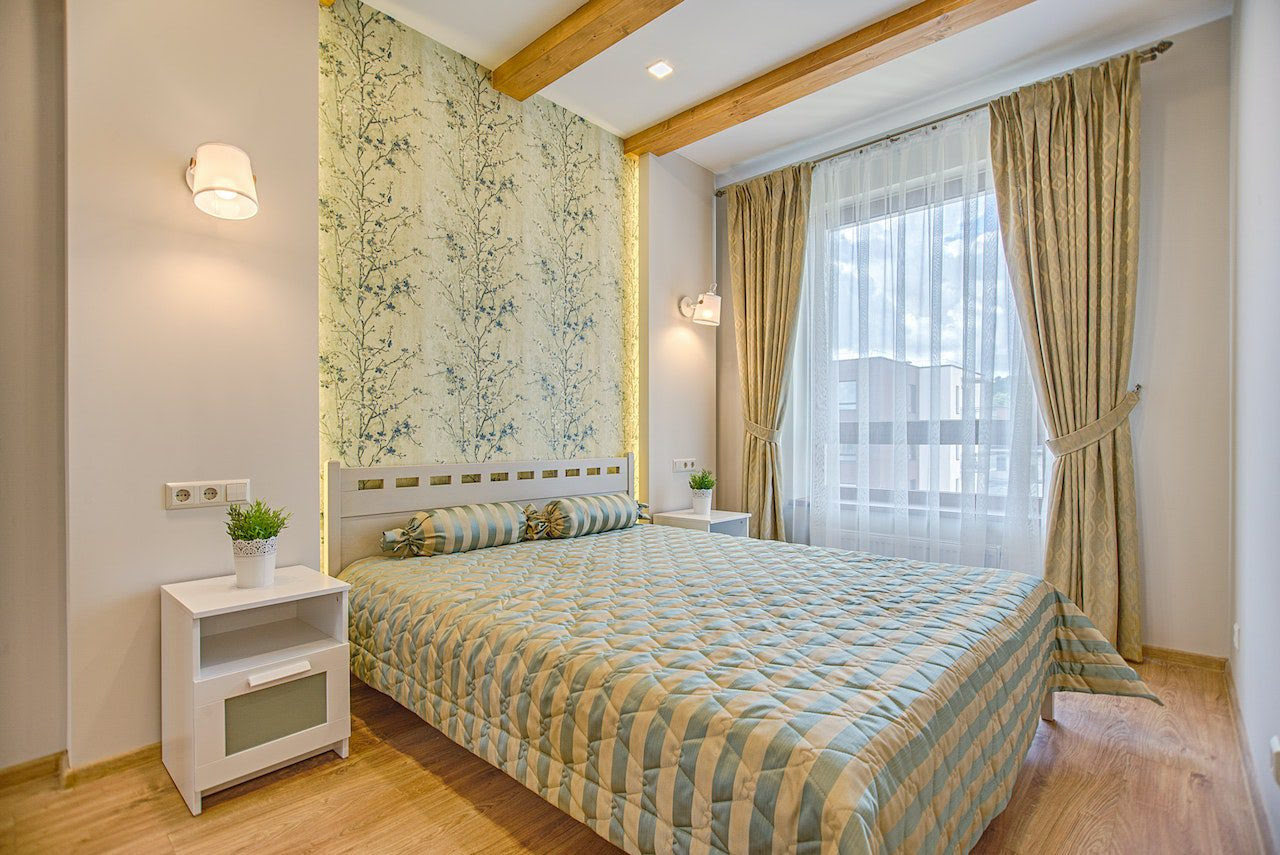
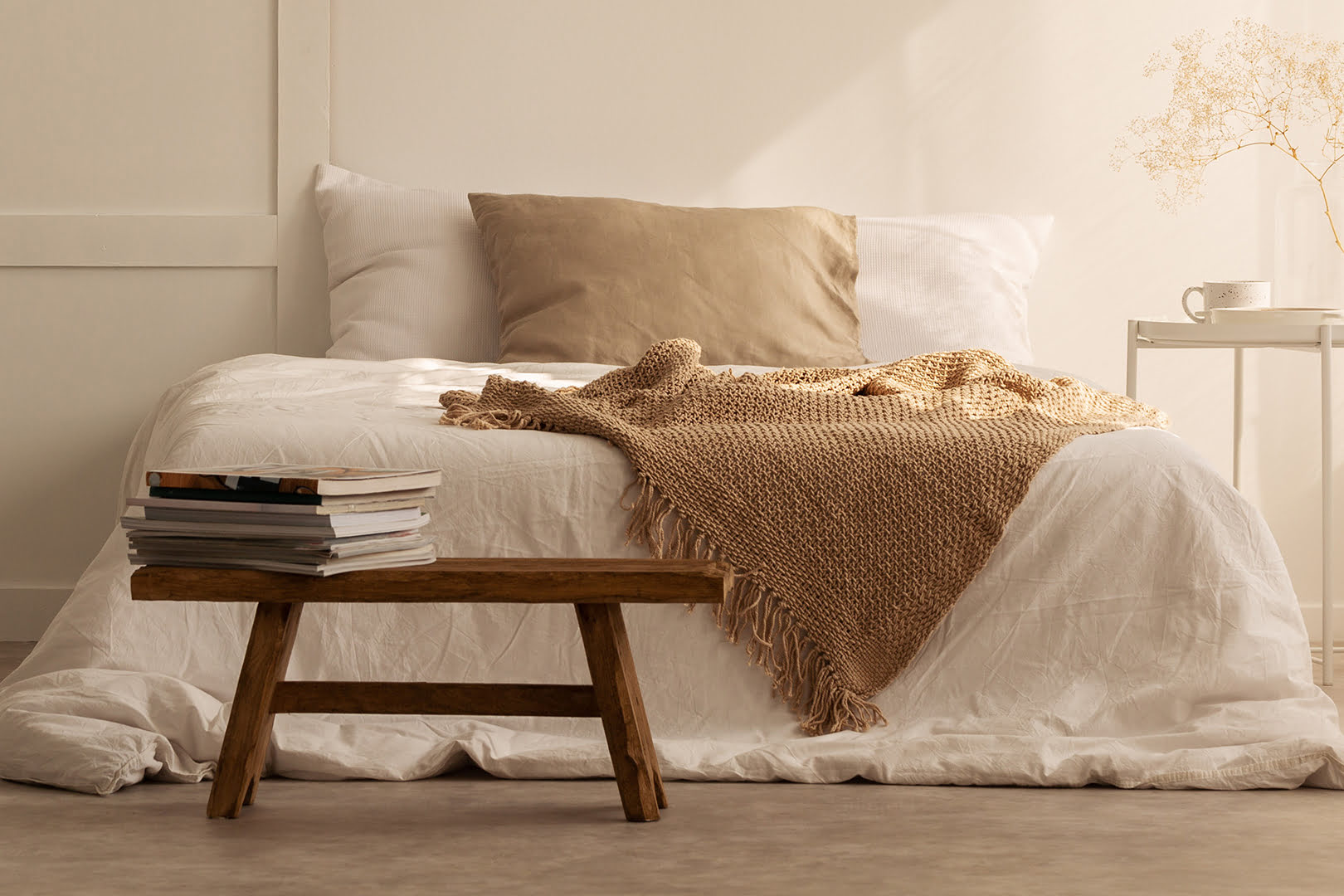
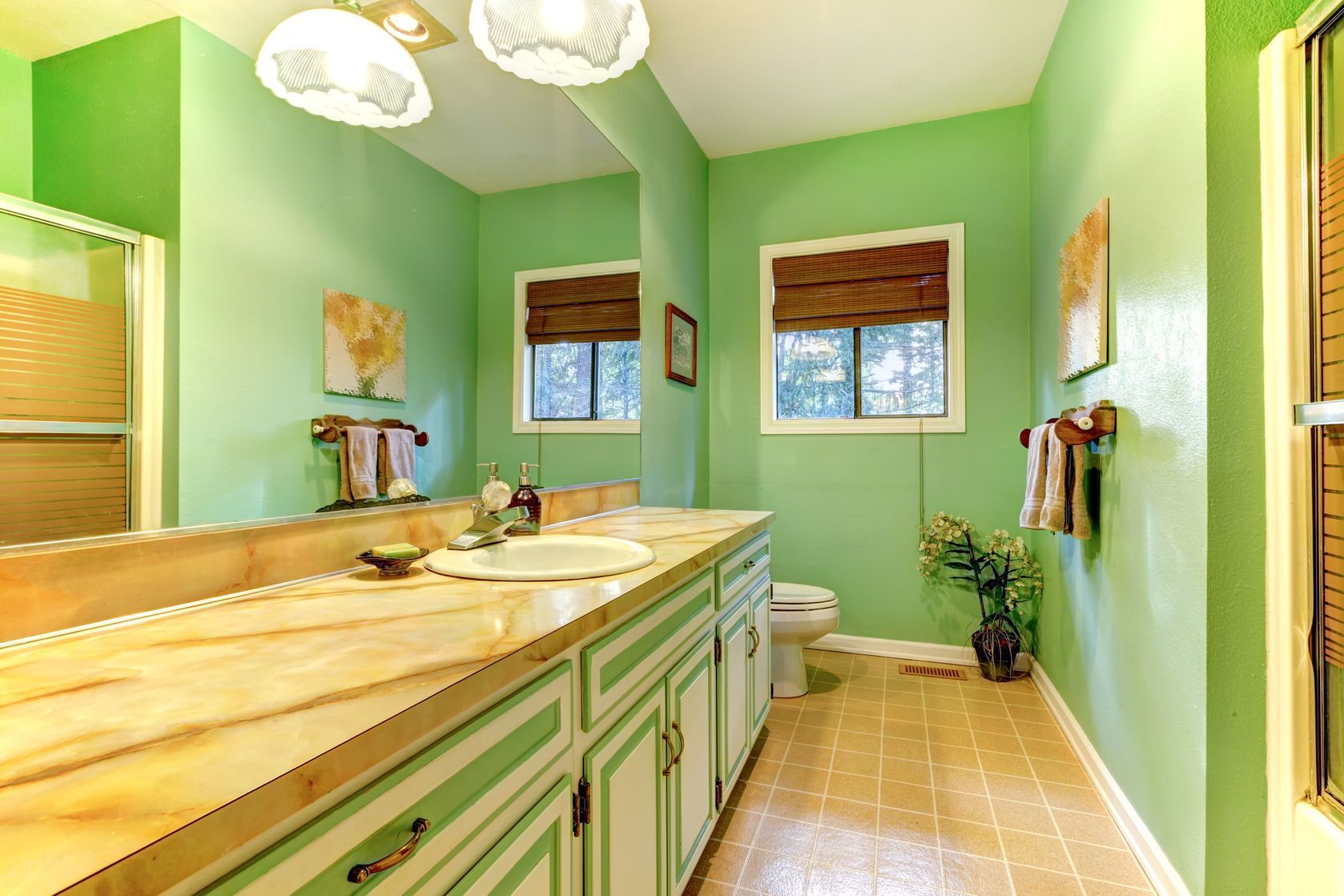
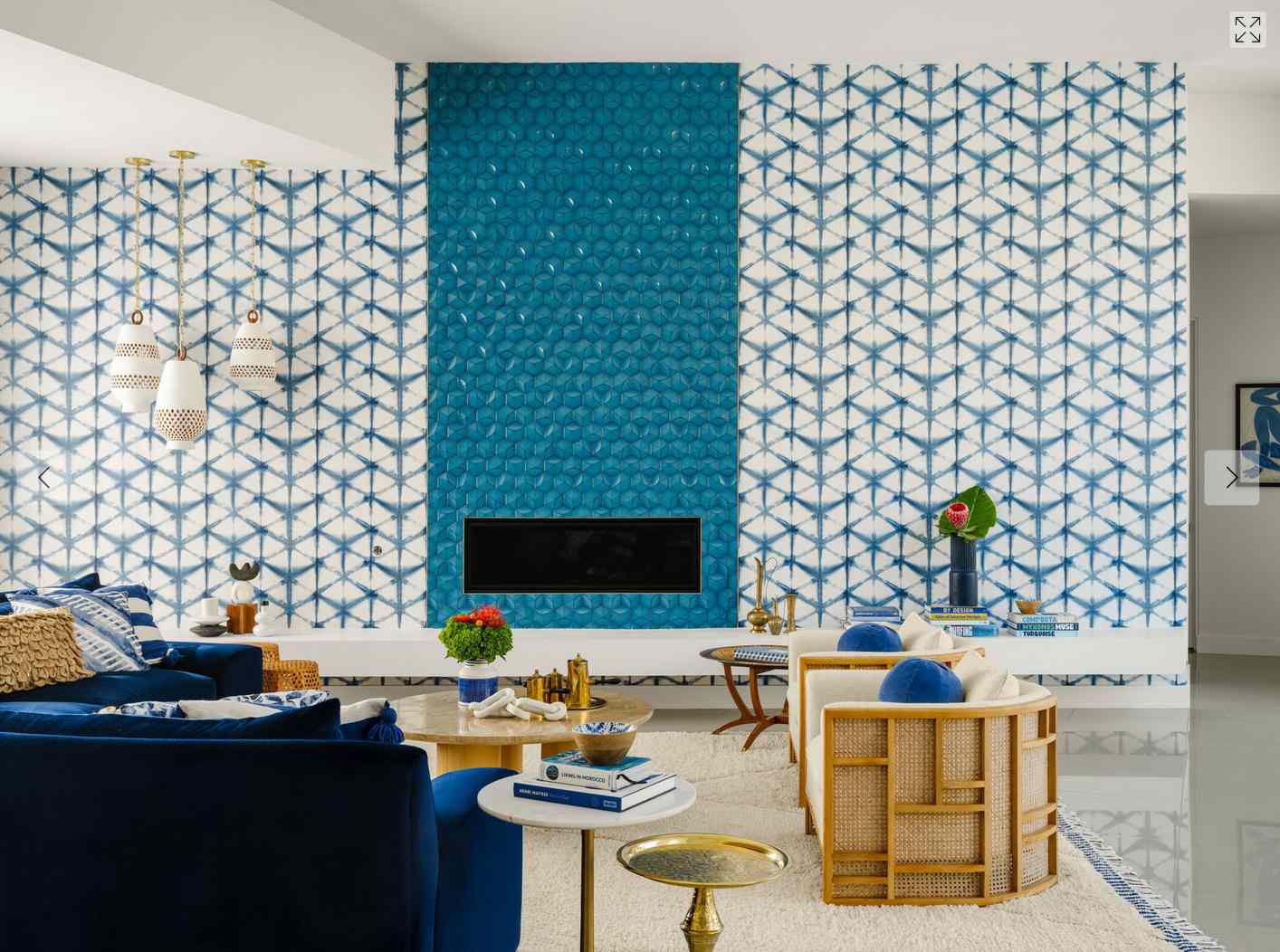
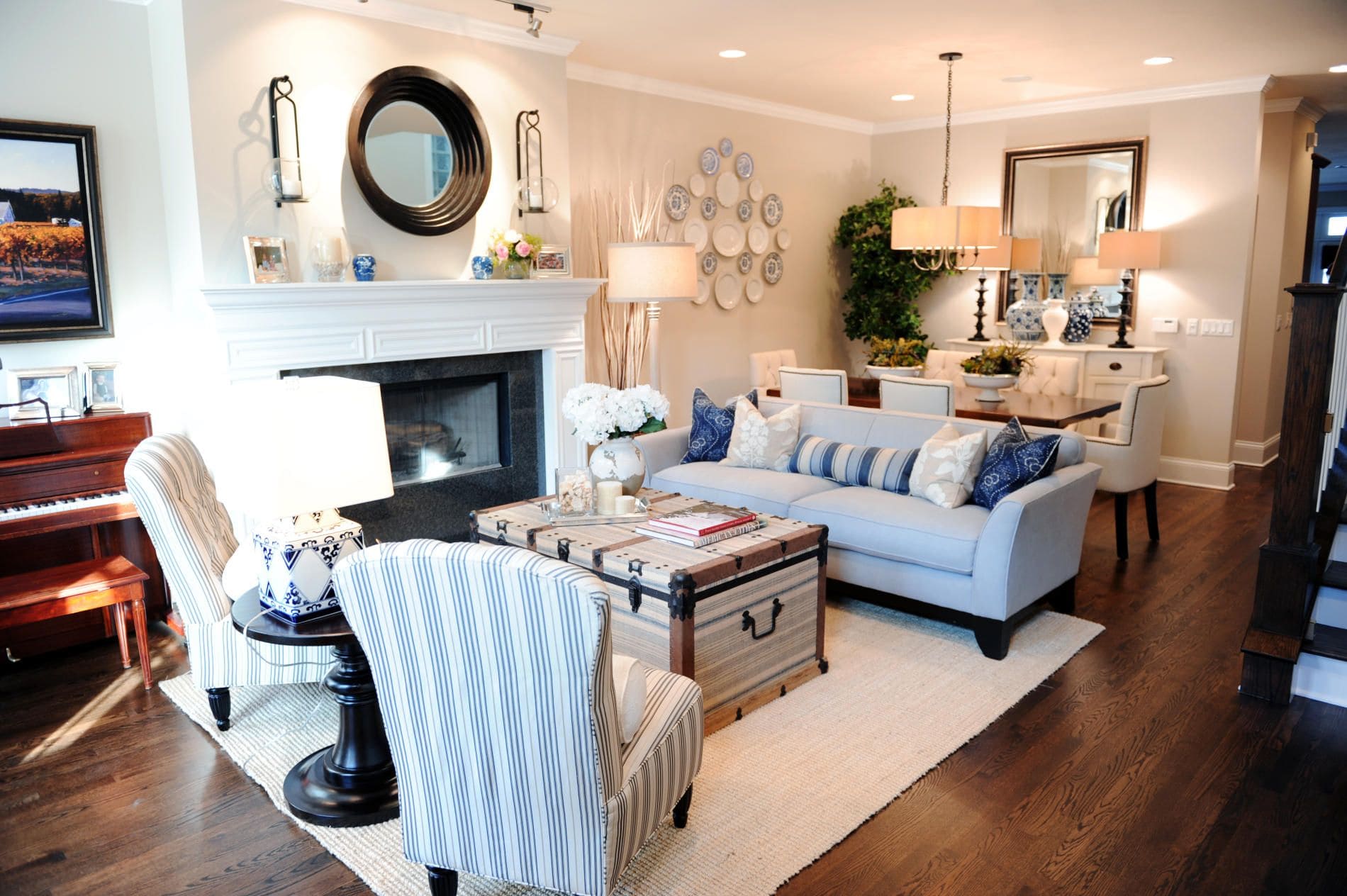
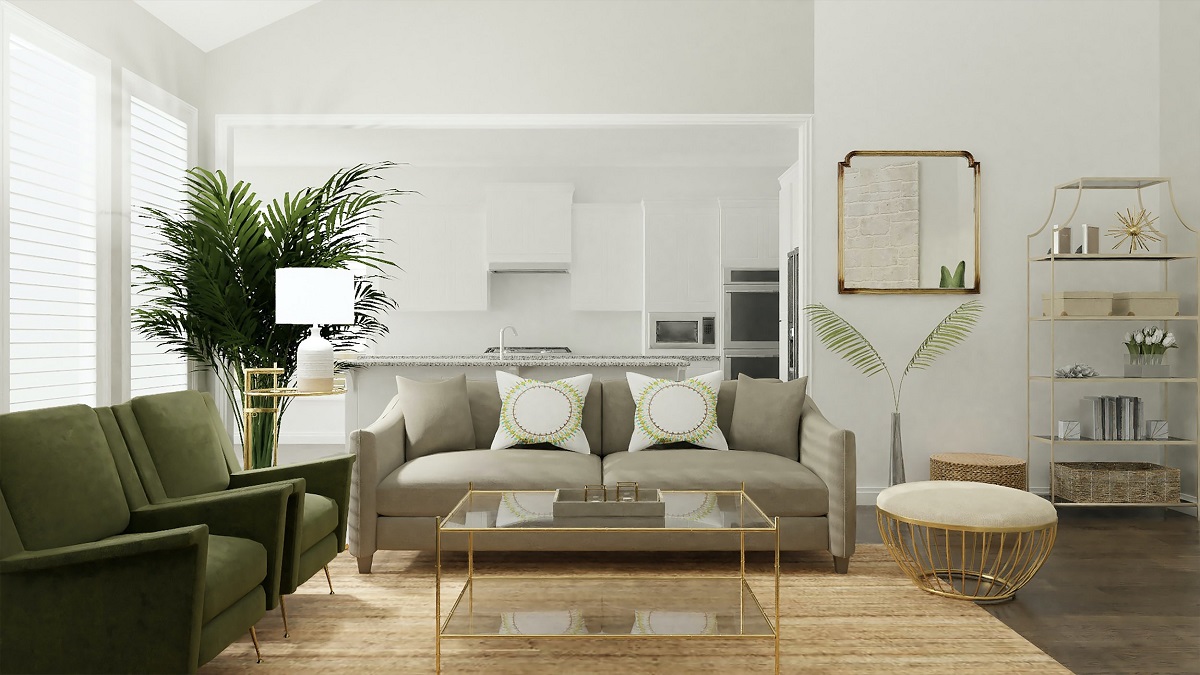
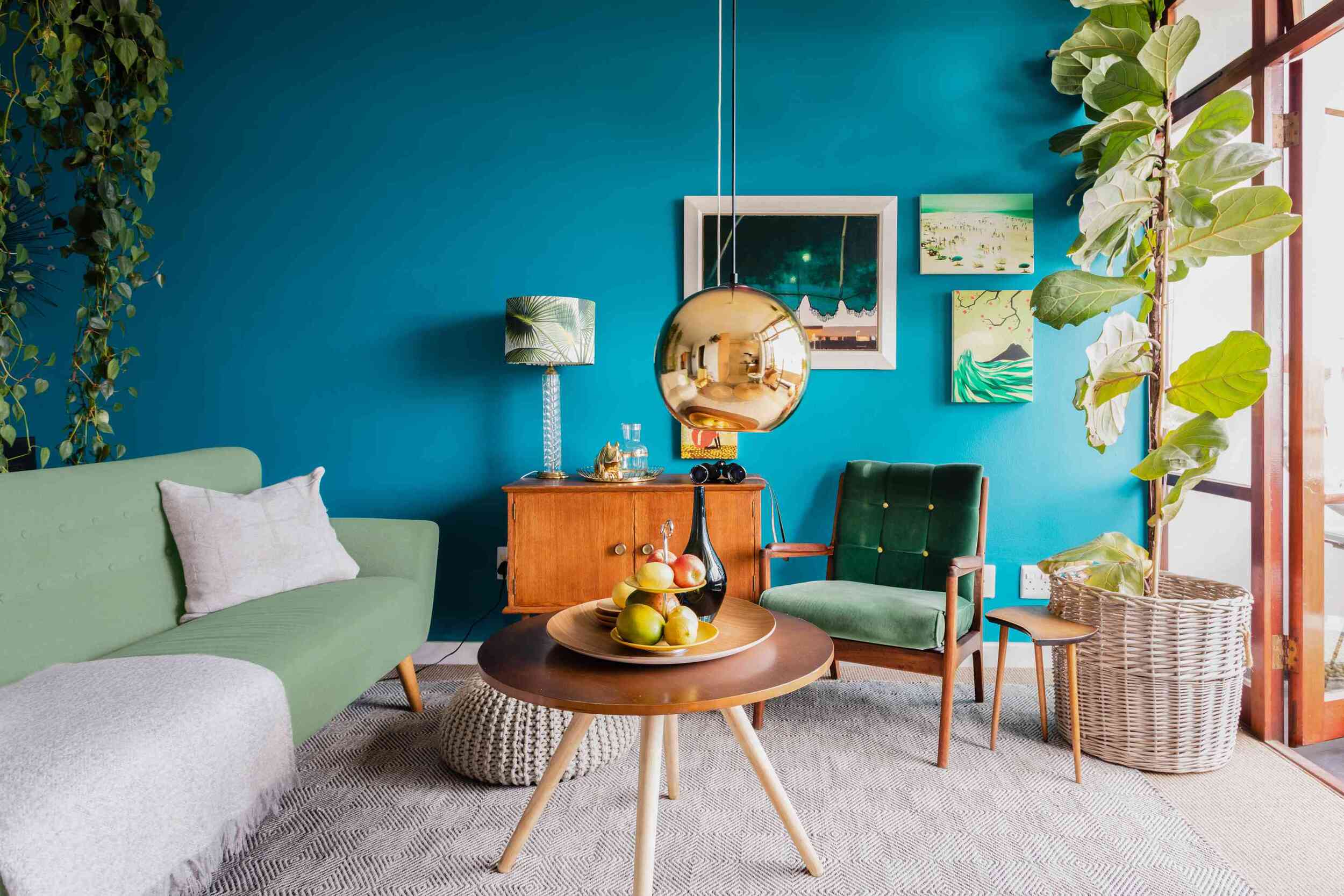
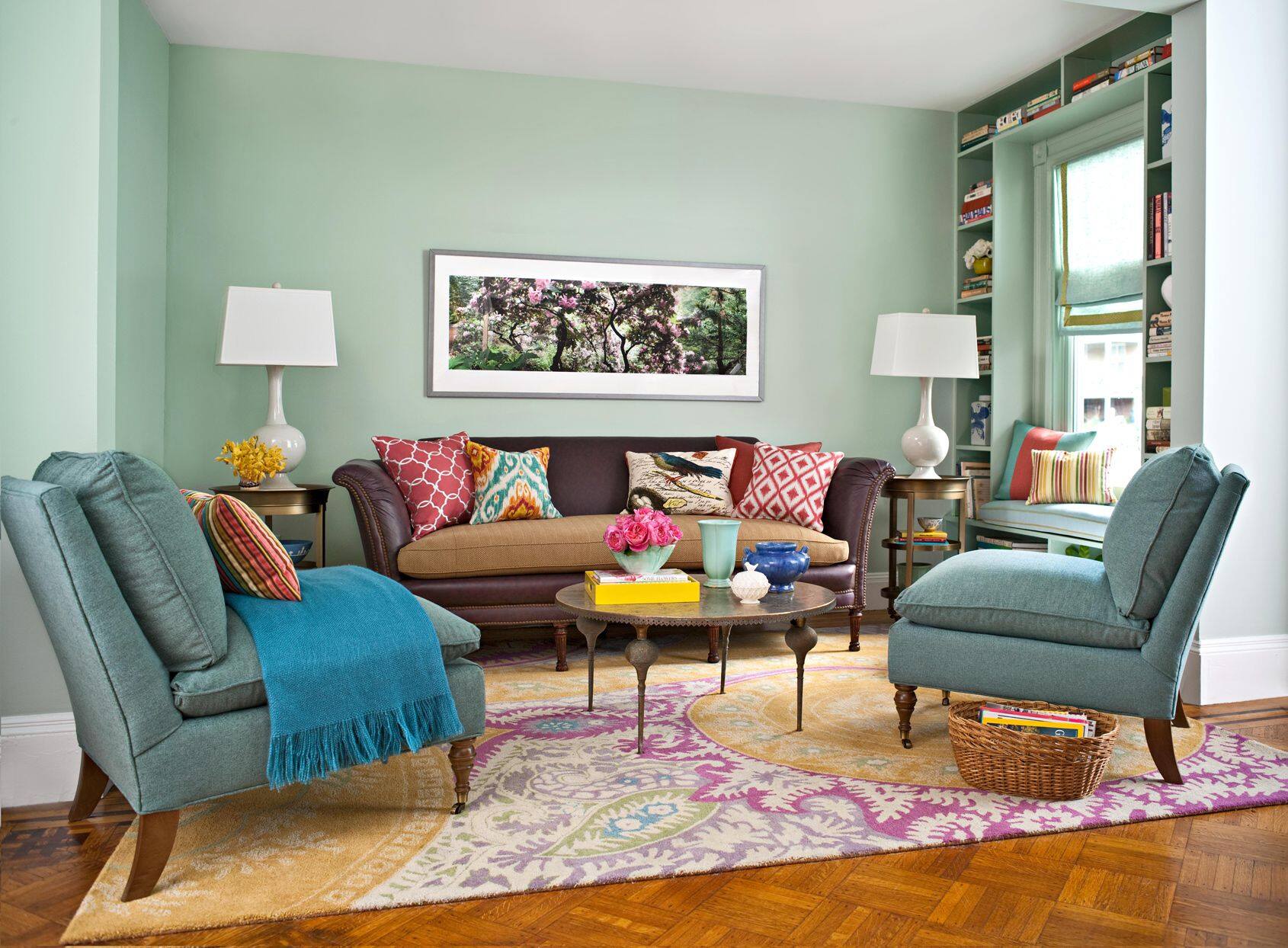
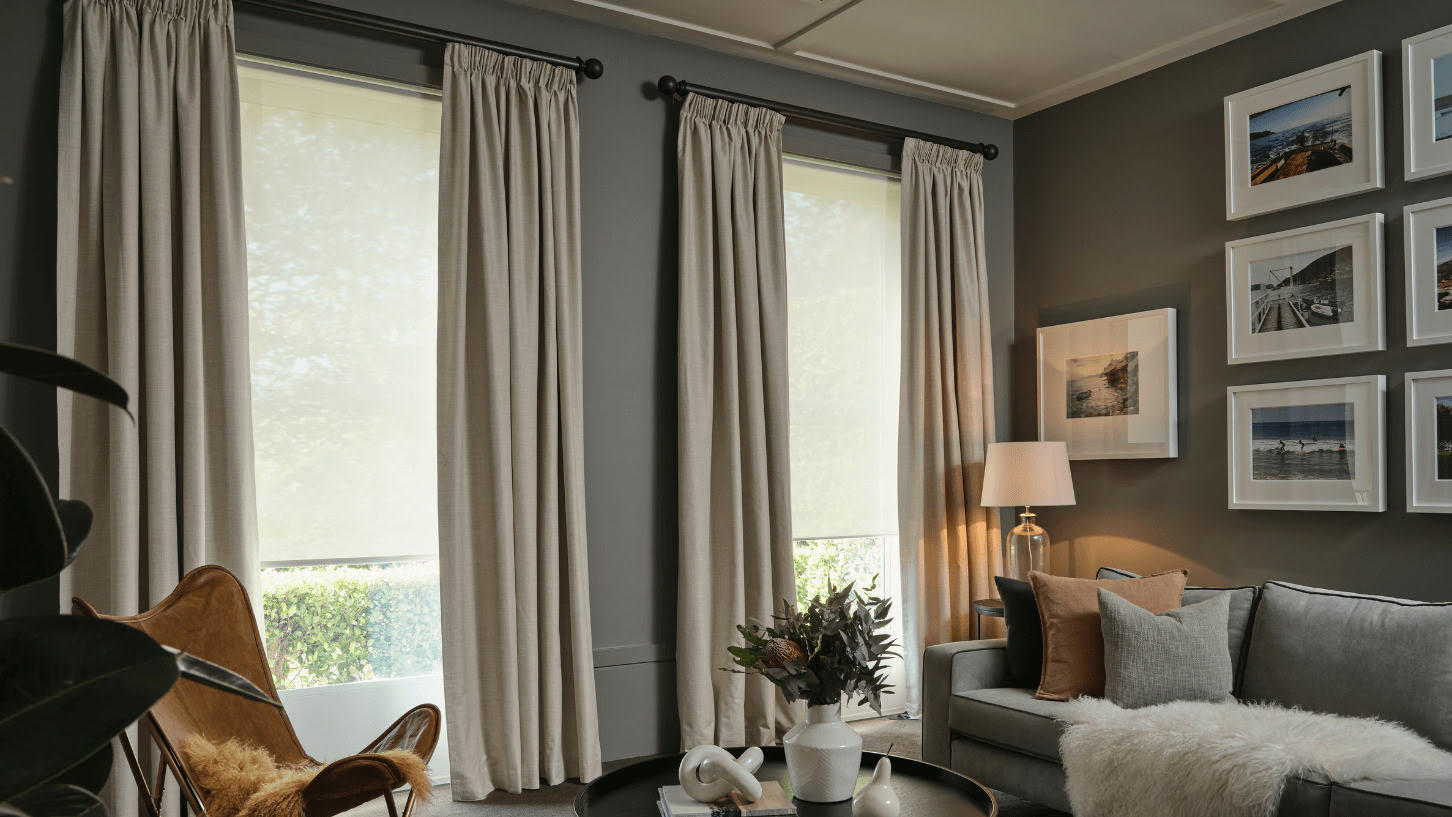
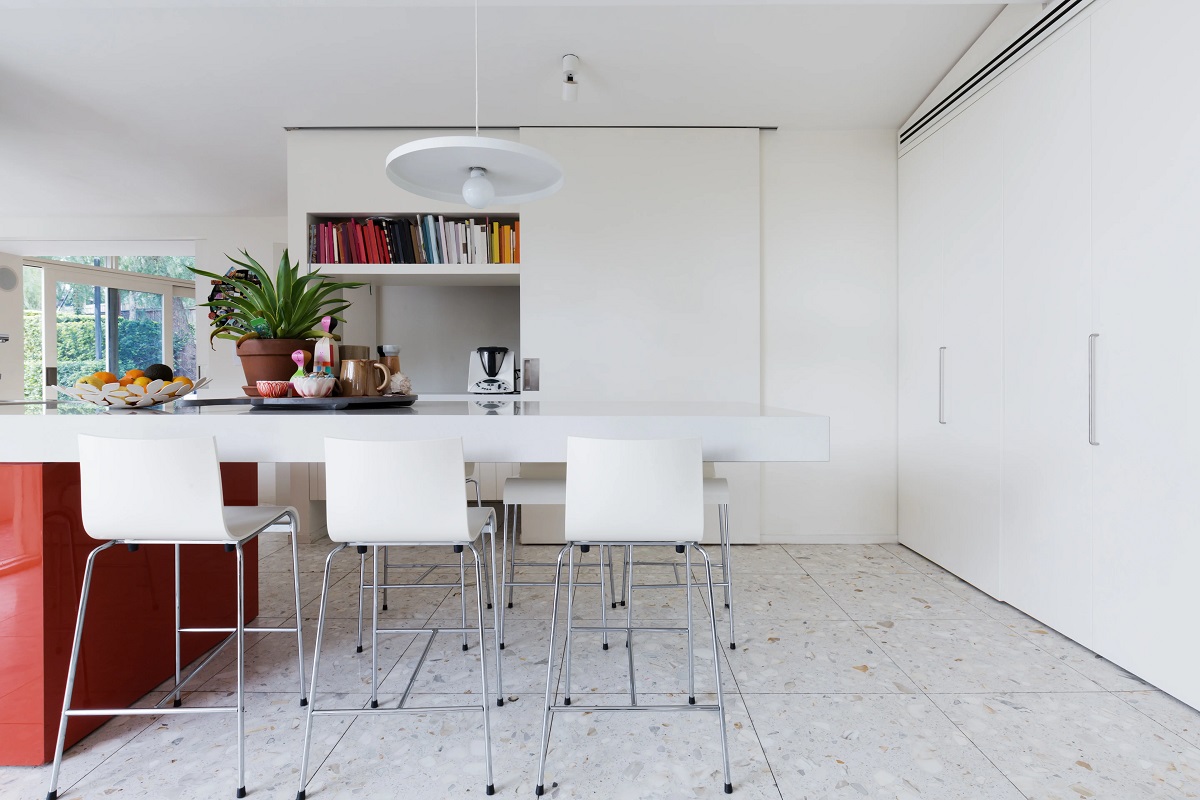
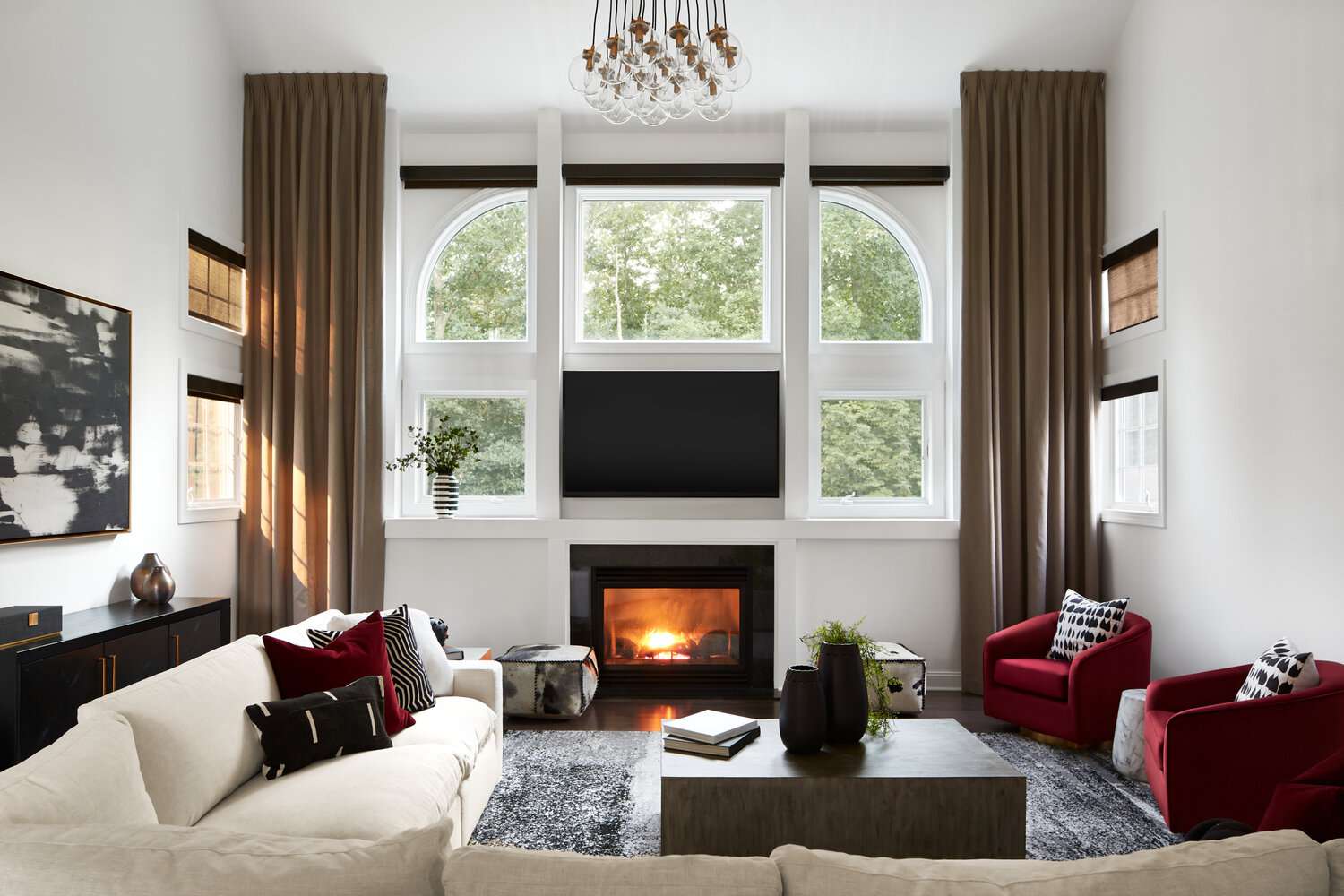
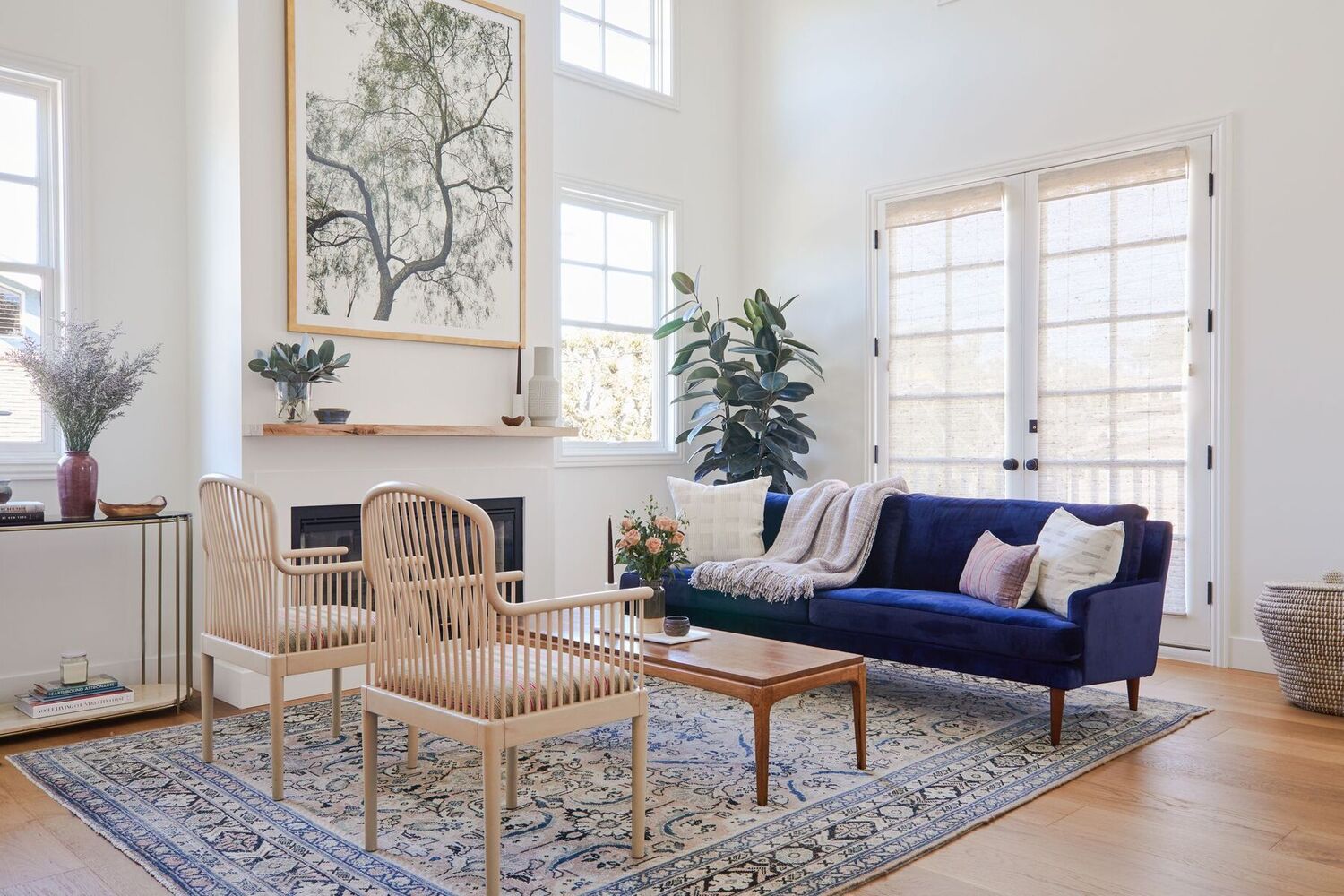
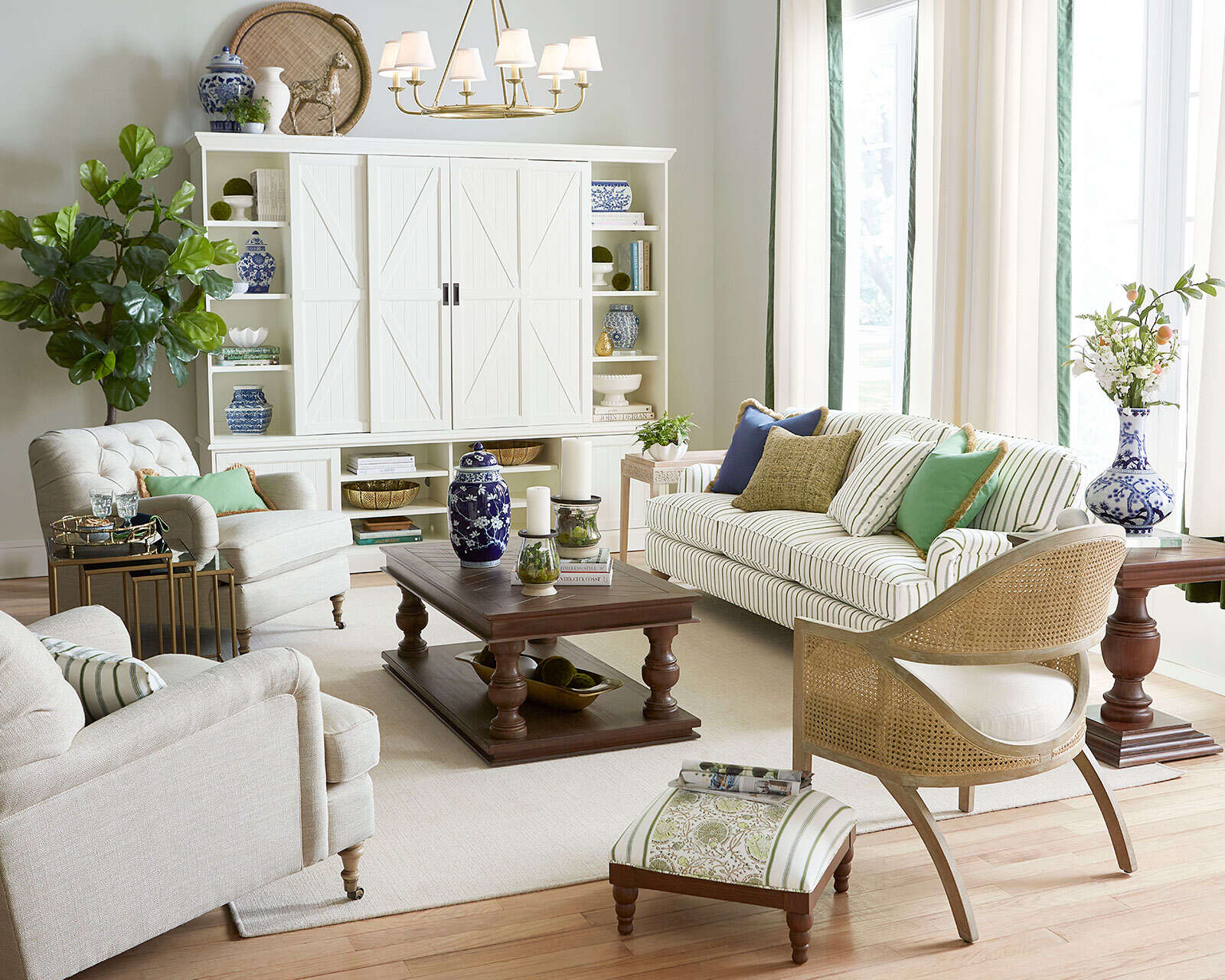

0 thoughts on “5 Curtain Colors To Avoid In A Living Room According To Designers”